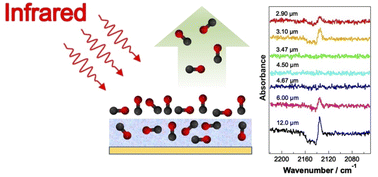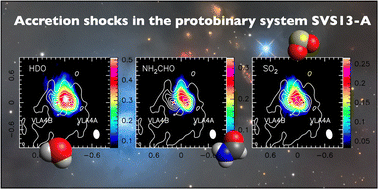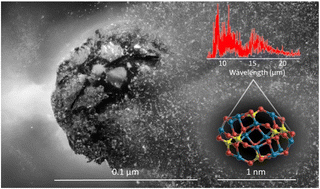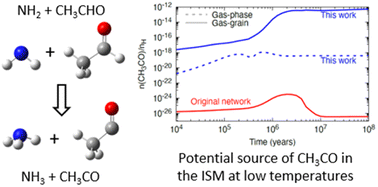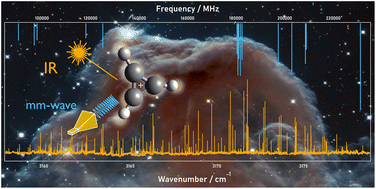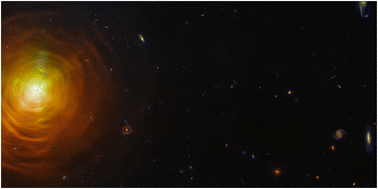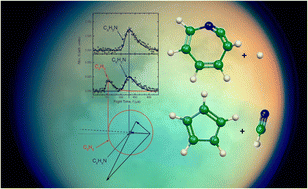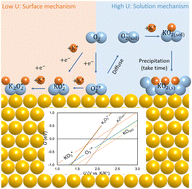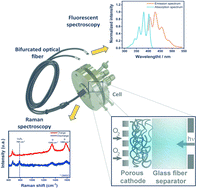Faraday Discuss., 2023, 245,221-244
DOI: 10.1039/D3FD00015J, Paper
DOI: 10.1039/D3FD00015J, Paper
 Open Access
Open Access This article is licensed under a Creative Commons Attribution 3.0 Unported Licence.
This article is licensed under a Creative Commons Attribution 3.0 Unported Licence.Daniël B. Rap, Aude Simon, Kim Steenbakkers, Johanna G. M. Schrauwen, Britta Redlich, Sandra Brünken
Fragmentation pathways of benzonitrile and pyridine are elucidated using cryogenic infrared ion spectroscopy, quantum-chemical calculations and molecular dynamics simulations.
The content of this RSS Feed (c) The Royal Society of Chemistry
Fragmentation pathways of benzonitrile and pyridine are elucidated using cryogenic infrared ion spectroscopy, quantum-chemical calculations and molecular dynamics simulations.
The content of this RSS Feed (c) The Royal Society of Chemistry


